Best Soil for Indoor Plants
- March 13, 2024
- 1 comment
The vitality of indoor plants largely depends on the foundation they grow in—the soil. This guide delves into the pivotal role soil plays in nurturing healthy indoor plants, offering insights into selecting the perfect growing medium for your green companions.
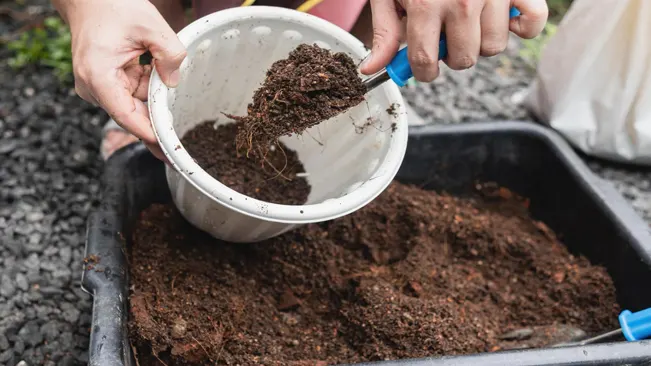
Understanding Soil Fundamentals
At its core, soil is a complex blend of organic matter, minerals, and various elements that foster a conducive environment for plant growth. It serves multiple critical functions, from delivering nutrients to offering structural support and facilitating root respiration. Grasping these basics is essential for any indoor gardener.
Key Characteristics of Quality Indoor Plant Soil
- Drainage: Effective drainage is paramount. Soil that drains well prevents the dreaded waterlogging and subsequent root rot, ensuring roots receive just the right amount of moisture without becoming waterlogged.
- Water Retention: Conversely, soil must also retain sufficient moisture to sustain plants between waterings, striking a delicate balance that keeps roots hydrated but not drenched.
- Aeration: Roots need air to breathe and grow. A soil mix that’s light and fluffy promotes this necessary airflow, encouraging healthy root development.
- Nutrient Content: Soil rich in essential nutrients feeds plants, supporting their growth, bloom, and overall health.
- pH Levels: The pH value of soil influences nutrient availability. Most indoor plants thrive in slightly acidic to neutral pH levels, facilitating optimal nutrient uptake.
Types of Soil Mixes for Indoor Plants
From all-purpose potting mixes suited for a variety of indoor plants to specialized blends designed for specific needs like succulents or orchids, the market offers a plethora of options. Adventurous gardeners might even explore creating their custom mixes, tailoring the soil to their plants’ unique requirements.
All-Purpose Potting Mix
A versatile option for a wide range of indoor plants, containing a balance of peat moss, perlite, and vermiculite to ensure good drainage and aeration.
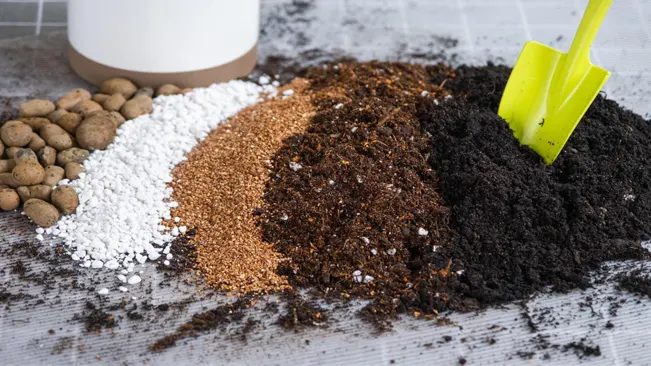
Succulent and Cactus Mix
Specially formulated with increased sand or grit content to enhance drainage, mimicking the arid environments these plants thrive in.
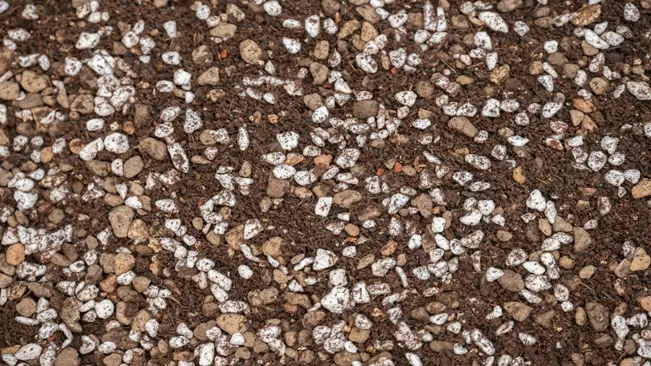
Orchid Mix
A coarse, well-draining mix often composed of bark chips, charcoal, and perlite, designed to provide the air circulation and moisture retention orchids require.
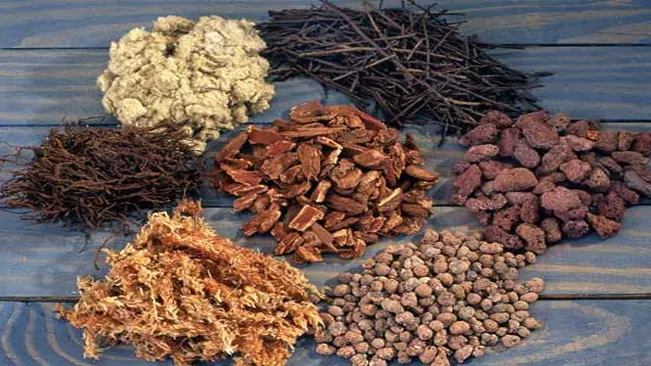
African Violet Mix
A lighter, more porous soil blend, typically enriched with peat moss and perlite, to cater to the sensitive root systems of African violets and similar plants.
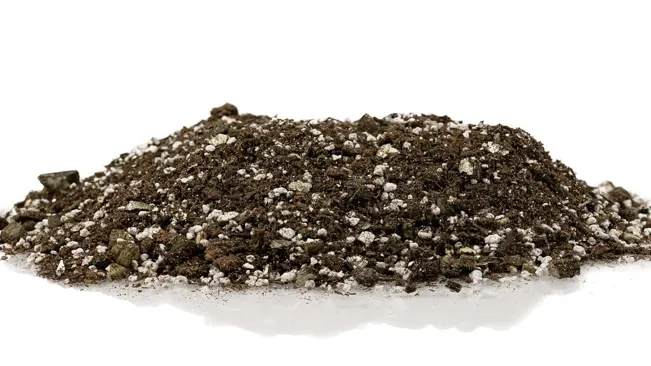
Seed Starting Mix
A fine-textured, nutrient-rich mix that promotes the germination and growth of seedlings, usually containing a higher proportion of peat moss and vermiculite.
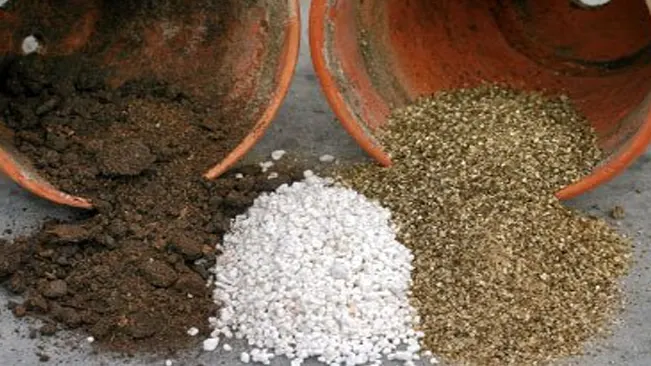
Herb Potting Mix
Designed for edible herbs, this mix often includes a blend of compost or aged manure to provide a nutrient-rich environment, while still ensuring good drainage.
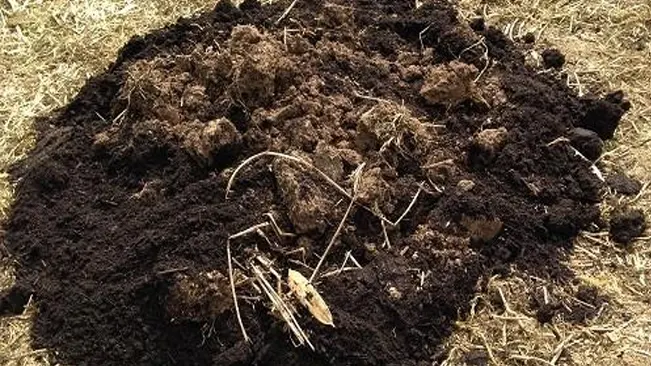
Citrus and Palm Mix
A slightly acidic mix that provides excellent drainage and is enriched with organic matter, catering to the needs of citrus trees and palm plants.
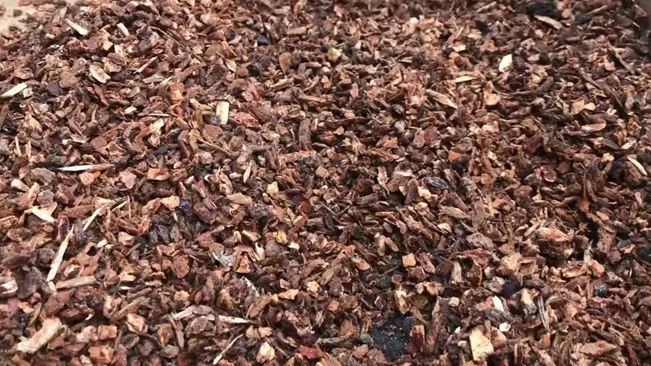
Moisture Control Mix
Contains water-retaining materials like hydrogels, ideal for plants that require consistently moist soil, reducing the frequency of watering.
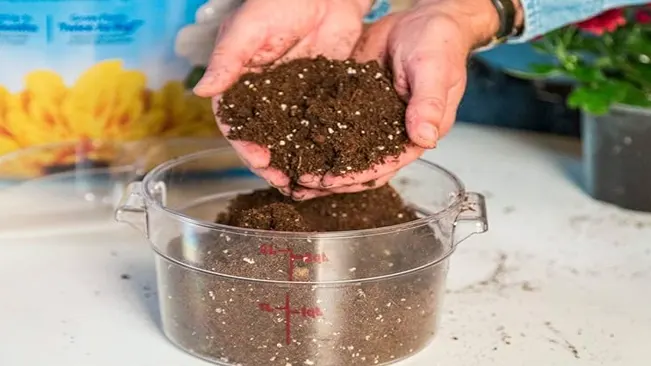
Organic Potting Mix
Composed of all-natural, organic materials such as composted bark, coco coir, and worm castings, offering an eco-friendly option for organic gardening enthusiasts.
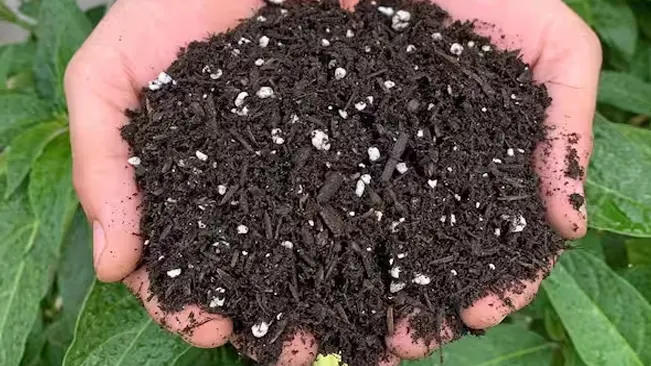
Custom DIY Mixes
For gardeners looking to tailor their soil to specific plant needs, creating a custom mix using individual components like coco coir, perlite, vermiculite, compost, and specific nutrients can provide targeted support for plant health and growth.
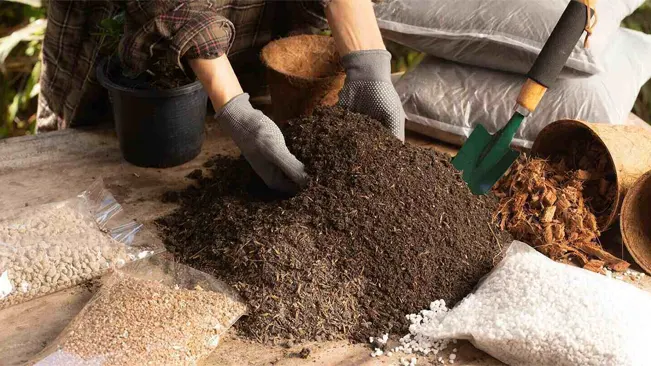
Selecting the Right Soil for Different Indoor Plants
Each plant species has distinct soil preferences. Succulents demand fast-draining mixes, tropical plants flourish in moisture-rich substrates, and foliage plants often require a balanced mix that provides both moisture retention and adequate drainage.
Succulents and Cacti
- Soil Needs: These plants originate from arid regions and require soil that mimics these conditions. The ideal soil for succulents and cacti is fast-draining and porous, preventing water retention that can lead to root rot.
- Suggested Mix: A specialized succulent or cactus mix, often containing a higher proportion of sand, perlite, or pumice, provides the perfect environment for these drought-tolerant plants.
Tropical Plants
- Soil Needs: Tropical plants, accustomed to the humid and nutrient-rich environments of tropical forests, thrive in soil that retains moisture yet allows excess water to drain away efficiently. They also benefit from a nutrient-rich medium.
- Suggested Mix: A peat-based potting mix with added perlite or vermiculite can offer the moisture retention and aeration tropical plants need. Adding compost or worm castings can further enrich the soil.
Foliage Plants
- Soil Needs: Foliage plants like Philodendrons, Monsteras, and Ferns require soil that stays evenly moist but not waterlogged. They need a balance of good aeration and moisture retention to support their lush leaf growth.
- Suggested Mix: A general all-purpose indoor potting mix usually suffices, but incorporating additional perlite or vermiculite can enhance drainage and aeration, promoting healthy root systems.
Flowering Indoor Plants
- Soil Needs: Flowering plants such as African Violets, Peace Lilies, and Anthuriums need soil that supports their blooming while providing adequate drainage.
- Suggested Mix: A lighter mix with plenty of organic matter, such as a blend specifically formulated for African Violets, works well. It should retain moisture without becoming soggy, and be slightly acidic to neutral in pH.
Herbs and Edible Plants
- Soil Needs: Indoor culinary herbs like Basil, Mint, and Chives require well-draining soil that is rich in organic matter to support their rapid growth and aromatic foliage.
- Suggested Mix: An organic potting mix that includes compost or aged manure provides the nutrients these plants need, while adding perlite ensures good drainage.
Air-Purifying Plants
- Soil Needs: Plants known for their air-purifying abilities, such as Snake Plants and Spider Plants, often tolerate a wide range of soil conditions but prefer not to sit in wet soil.
- Suggested Mix: A standard indoor potting mix with added perlite or sand enhances drainage, catering to the low-maintenance nature of these resilient plants.
Orchids
- Soil Needs: Orchids are epiphytes in their natural habitat, meaning they grow on other plants and not in soil. They require a mix that allows air to circulate around their roots.
- Suggested Mix: Orchid mixes are typically composed of chunky, airy materials like bark chips, charcoal, and perlite, providing the drainage and aeration orchids need to thrive.
Enhancing Soil Quality
Soil quality can be amplified with the right amendments. Perlite, vermiculite, and compost can improve drainage, aeration, and nutrient content. Regular, balanced fertilization further supplements the soil, ensuring plants have access to the nutrients they need to thrive.
Perlite
This volcanic glass is expanded through heating and used in soil mixes to increase aeration and improve drainage. Its lightweight and porous nature prevents soil compaction, allowing roots to breathe and grow more freely. Perlite is especially beneficial for plants that require well-draining soil conditions.
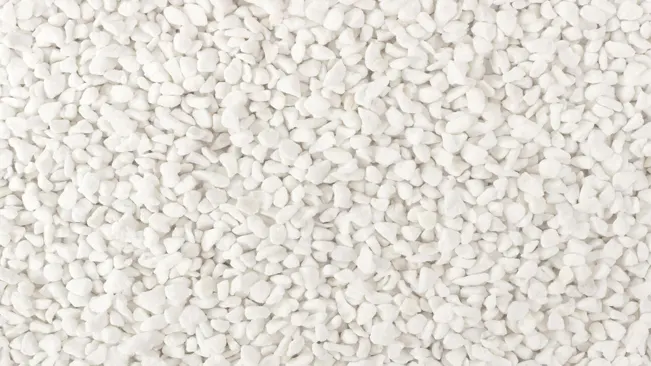
Vermiculite
Similar in use to perlite, vermiculite is a mineral that expands when heated and is used to enhance soil aeration and moisture retention. Its unique property lies in its ability to hold water and nutrients, which it then slowly releases to the plant roots, making it ideal for plants that thrive in moist environments.
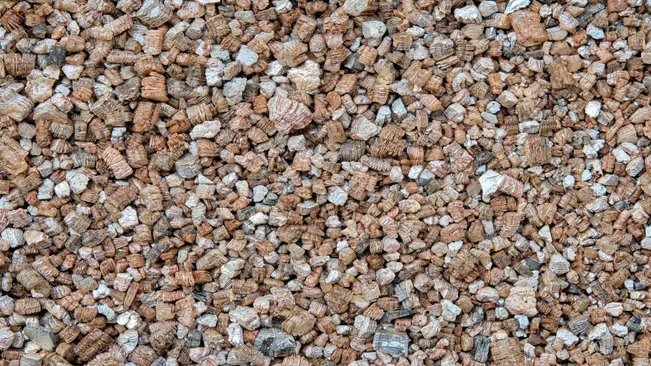
Compost
Adding compost to potting soil introduces a wealth of organic matter, enriching the soil with a diverse array of essential nutrients and microorganisms. Compost improves soil structure, moisture retention, and fertility, promoting healthy plant growth. It also encourages beneficial microbial activity that aids in nutrient absorption and disease resistance.
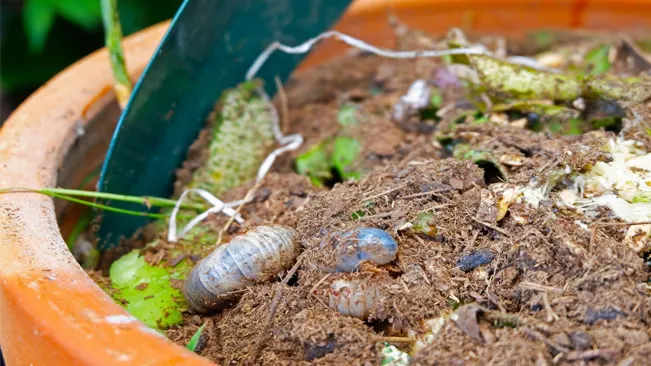
Balanced Fertilization
Over time, even the best potting mixes can become depleted of nutrients. Regular, balanced fertilization replenishes these essential elements, providing plants with the nutrients they need for photosynthesis, growth, and reproduction. It’s important to choose a fertilizer appropriate for the specific needs of your indoor plants and to follow recommended application rates to avoid nutrient overload, which can harm plants.
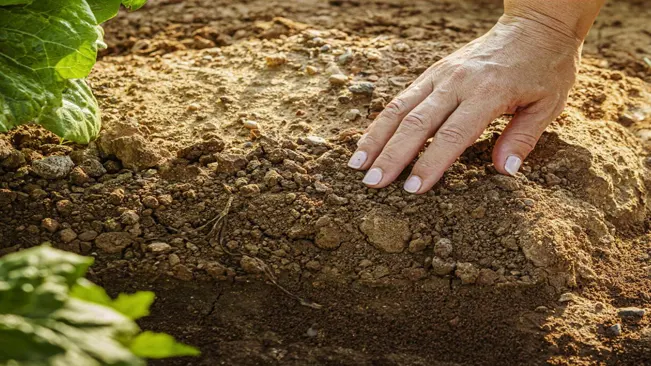
Additional Amendments: Depending on the specific needs of your plants and the initial quality of your potting mix, other amendments might include:
Sand
Increases drainage, suitable for succulents and cacti.
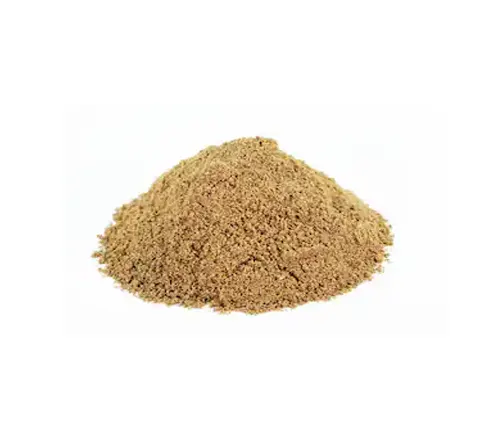
Coco Coir
A sustainable alternative to peat moss, coco coir improves moisture retention and aeration.
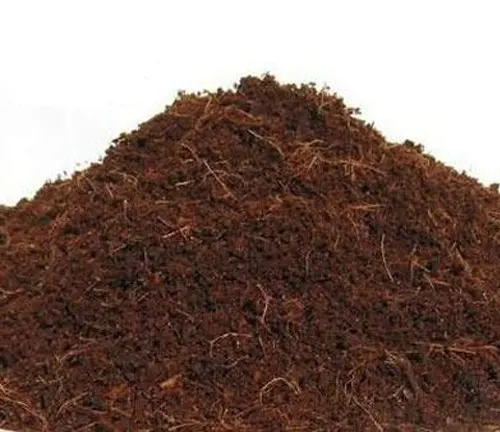
Peat Moss
Enhances moisture retention, making it suitable for moisture-loving plants.

Worm Castings
A nutrient-rich, natural fertilizer that enhances soil structure and promotes healthy plant growth.
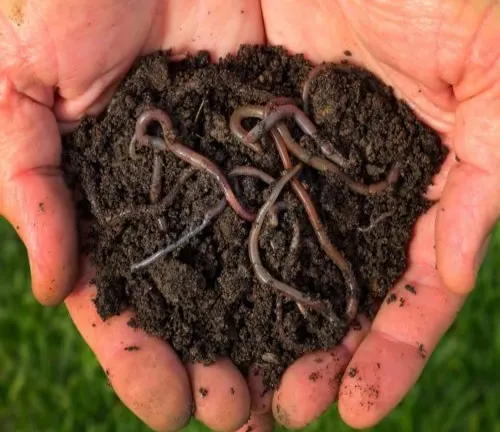
Sustainable Soil Practices
Embracing organic, peat-free, and sustainably sourced soil mixes not only benefits your plants but also the planet. Recycling and rejuvenating old soil can also be a part of an eco-friendly indoor gardening practice, reducing waste and promoting sustainability.
Organic Soil Mixes
- Definition: Organic soil mixes are made from natural materials without synthetic fertilizers or pesticides. They often include compost, aged bark, coco coir, and worm castings.
- Benefits: These mixes support a healthy soil ecosystem, promoting beneficial microbial activity that aids in nutrient absorption and root health. Using organic soil also reduces the reliance on chemical inputs, lessening environmental pollution.
Peat-Free Mixes
- Importance: Peat bogs are crucial carbon sinks, and their extraction for horticultural use releases significant amounts of stored carbon into the atmosphere, contributing to climate change.
- Alternatives: Peat-free mixes often use sustainable components like coco coir (made from coconut husks), wood fibers, and compost. These materials provide similar benefits to peat in terms of water retention and aeration without the environmental drawbacks.
Sustainably Sourced Soil
- Criteria: Sustainably sourced soil mixes ensure that all components are obtained in environmentally friendly ways, with consideration for resource renewal and minimal ecological disruption.
- Certifications: Look for certifications like OMRI (Organic Materials Review Institute) for organic inputs or FSC (Forest Stewardship Council) for responsibly harvested wood products, which indicate sustainable sourcing practices.
Recycling and Rejuvenating Soil
- Recycling: Instead of discarding old potting soil, it can be rejuvenated and reused. Removing old plant roots, fluffing up the soil to restore aeration, and replenishing nutrients through compost or organic fertilizers can revive the soil’s vitality.
- Composting: Incorporating kitchen scraps and garden waste into a compost bin creates a rich, organic amendment that can be added to potting mixes, enhancing soil fertility and structure.
Reducing Soil Waste
- Mindful Use: Being mindful of soil use and avoiding over-potting can reduce excess soil usage. Utilize pots that are appropriately sized for your plants to minimize waste.
- Soil Blocks for Seed Starting: Instead of using plastic seed trays filled with soil, consider soil blocking, a method that forms compacted blocks of a soil mix to start seeds. This technique reduces the need for plastic containers and excess soil.
Supporting Local Soil Suppliers
- Local Sourcing: Purchasing soil and amendments from local suppliers not only supports the local economy but also reduces carbon emissions associated with transportation. Local products are often more suited to the regional climate and plant types.
Common Soil Problems and Solutions
Dealing with compacted soil, pH imbalances, or pests and diseases can be challenging. However, with proper knowledge and tools, these issues can be effectively managed, ensuring the long-term health of your indoor garden.
Compacted Soil
Problem: Soil becomes dense and hard, restricting air and water flow to roots.
Solution: Loosen the soil gently with a fork or stick, and incorporate perlite or coarse sand to improve aeration and drainage.

pH Imbalances
Problem: Soil pH is too high (alkaline) or too low (acidic), affecting nutrient availability.
Solution: Test soil pH with a kit. To raise pH, add lime; to lower pH, add sulfur or peat moss, following package directions for correct amounts.
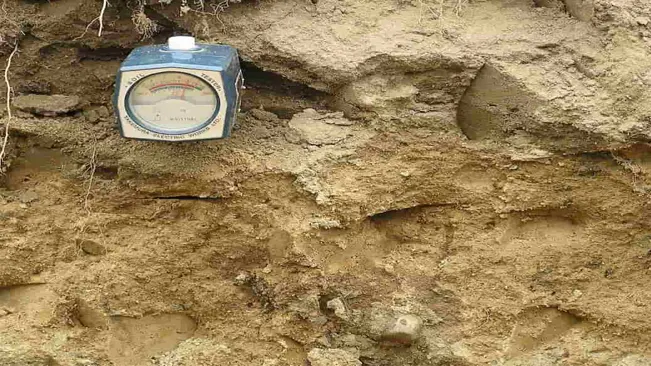
Overwatering
Problem: Excess water leads to soggy soil, risking root rot.
Solution: Ensure pots have drainage holes. Let the top inch of soil dry out before watering again. Consider switching to a well-draining soil mix.
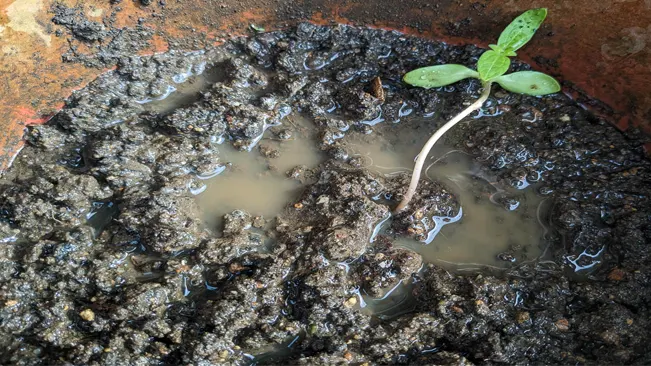
Underwatering
Problem: Soil is dry and crumbly, hindering plant growth.
Solution: Gradually rehydrate by soaking the pot in water until moisture is evenly distributed. Switch to a moisture-retaining soil mix if under-watering is frequent.
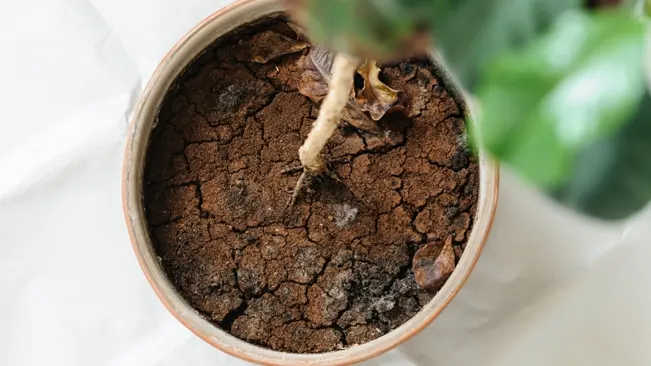
Nutrient Deficiencies
Problem: Plants show stunted growth, yellowing leaves, or other deficiency symptoms.
Solution: Use a balanced, water-soluble fertilizer according to the label’s instructions, or incorporate a slow-release fertilizer into the soil.

Pest Infestations
Problem: Soil-dwelling pests like fungus gnats or root aphids damage plant roots.
Solution: Use yellow sticky traps for adults and treat soil with neem oil or insecticidal soap. Consider repotting the plant in fresh, sterile soil.
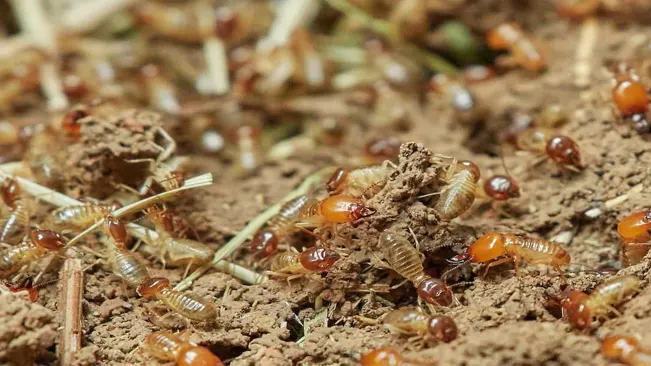
Soil-Borne Diseases
Problem: Fungal diseases like root rot affect weakened or overwatered plants.
Solution: Remove affected parts, reduce watering, and improve drainage. Use fungicides if necessary, and sterilize tools to prevent spread.
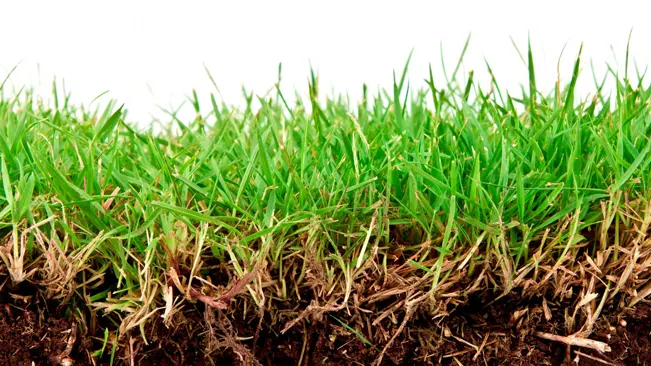
Weed Growth
Problem: Weeds compete with indoor plants for nutrients and space.
Solution: Remove weeds by hand, ensuring entire root systems are extracted. Use a top layer of sand or gravel to discourage future growth.
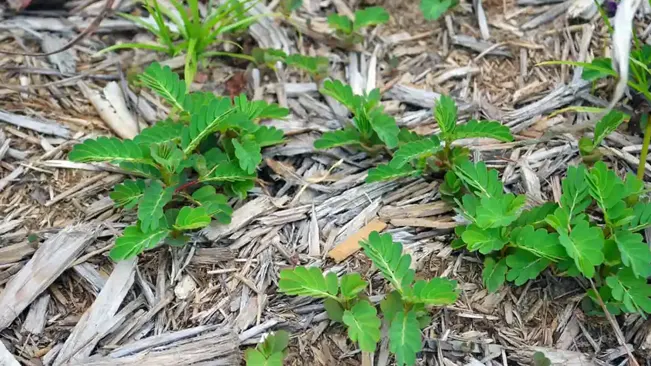
Salt Accumulation
Problem: White crust on soil surface from fertilizer or hard water, leading to nutrient lockout.
Solution: Flush soil with distilled water periodically to leach out excess salts. Use rainwater or distilled water for watering if possible.
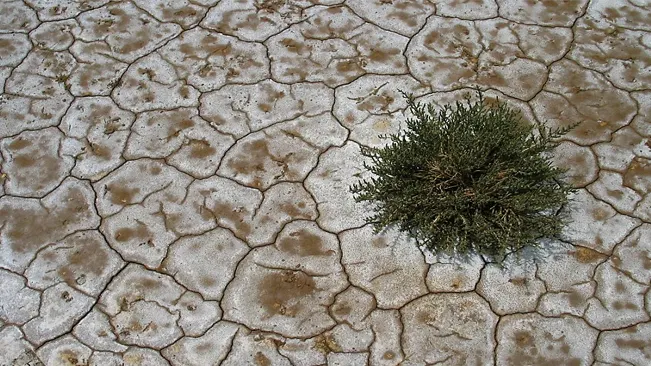
Poor Soil Structure
Problem: Soil lacks proper composition for plant type, affecting growth.
Solution: Amend soil with appropriate materials (e.g., coco coir for moisture, perlite for drainage) to create the ideal texture and composition for your plants.
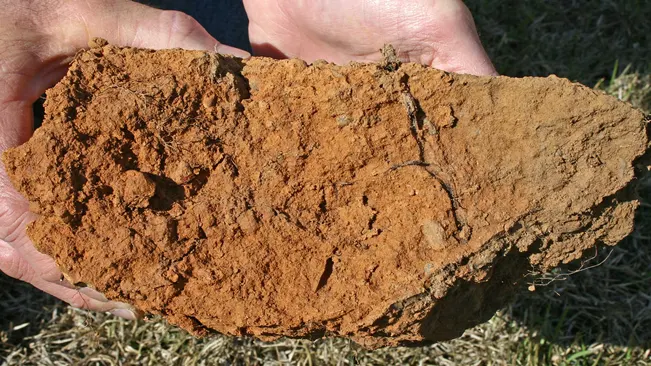
Conclusion
Selecting the best soil for your indoor plants is a crucial step towards creating a vibrant and thriving indoor garden. By understanding your plants’ specific needs and providing them with the right soil conditions, you can ensure their health and beauty for years to come.
FAQs (Frequently Asked Questions)
- What makes potting soil suitable for indoor plants?
Potting soil is formulated to provide the ideal balance of drainage, aeration, and nutrient content, specifically catering to the needs of indoor plants, promoting healthy root growth and plant development. - Can I use garden soil for my indoor plants?
It’s not recommended to use garden soil for indoor plants as it may contain pathogens, pests, and weed seeds, and could be too dense, leading to poor drainage and aeration issues in container settings. - How often should I replace the soil for my indoor plants?
Generally, it’s good practice to replace the soil every 1-2 years or when repotting, to refresh nutrients and prevent compaction and buildup of harmful salts from fertilizers. - What is the best soil for succulents and cacti?
Succulents and cacti thrive in well-draining, sandy or gritty soil that mimics their natural arid environments, often achieved by mixing potting soil with sand or perlite. - How do I know if my potting soil is of high quality?
High-quality potting soil should be light and fluffy, free from clumps or debris, and should contain a mix of peat moss, vermiculite or perlite, and organic matter, with a balanced pH suitable for most indoor plants. - Is it necessary to use fertilizers with potting soil?
While potting soil may contain some initial nutrients, regular fertilization may still be necessary for sustained plant growth, especially as nutrients deplete over time with watering. - What’s the difference between potting soil and potting mix?
The term “potting soil” sometimes refers to a mix containing actual soil or dirt, whereas “potting mix” is usually a soilless blend of peat moss, perlite, and other organic and inorganic materials. - Can I make my own potting mix for indoor plants?
Yes, you can create your own potting mix by combining ingredients like peat moss, perlite, and compost, allowing you to tailor the mix to your plants’ specific needs for moisture retention and drainage. - How does the choice of soil affect indoor plant health?
The right soil supports plant health by providing sufficient nutrients, ensuring proper drainage to prevent root rot, and allowing enough aeration for roots to breathe, directly impacting plant vigor and growth. - What should I do if my indoor plant’s soil isn’t draining well?
Improve drainage by repotting the plant into a mix with a higher proportion of coarse material like perlite or sand, or consider adding a layer of gravel at the bottom of the pot to enhance water flow.

Kristine Moore
Forestry AuthorI'm Kristine Moore, a seasoned garden landscaping professional with over 30 years of experience. My extensive career has been dedicated to transforming outdoor spaces into stunning, sustainable landscapes. With a deep understanding of horticulture, design principles, and environmental stewardship, I have become a respected figure in the field, known for creating harmonious, visually appealing, and eco-friendly gardens. My commitment to excellence and continuous learning in landscaping trends and techniques has solidified my reputation as an expert in garden design and implementation.













Informative stuff
Tasawar
March 14, 2024 11:22 am